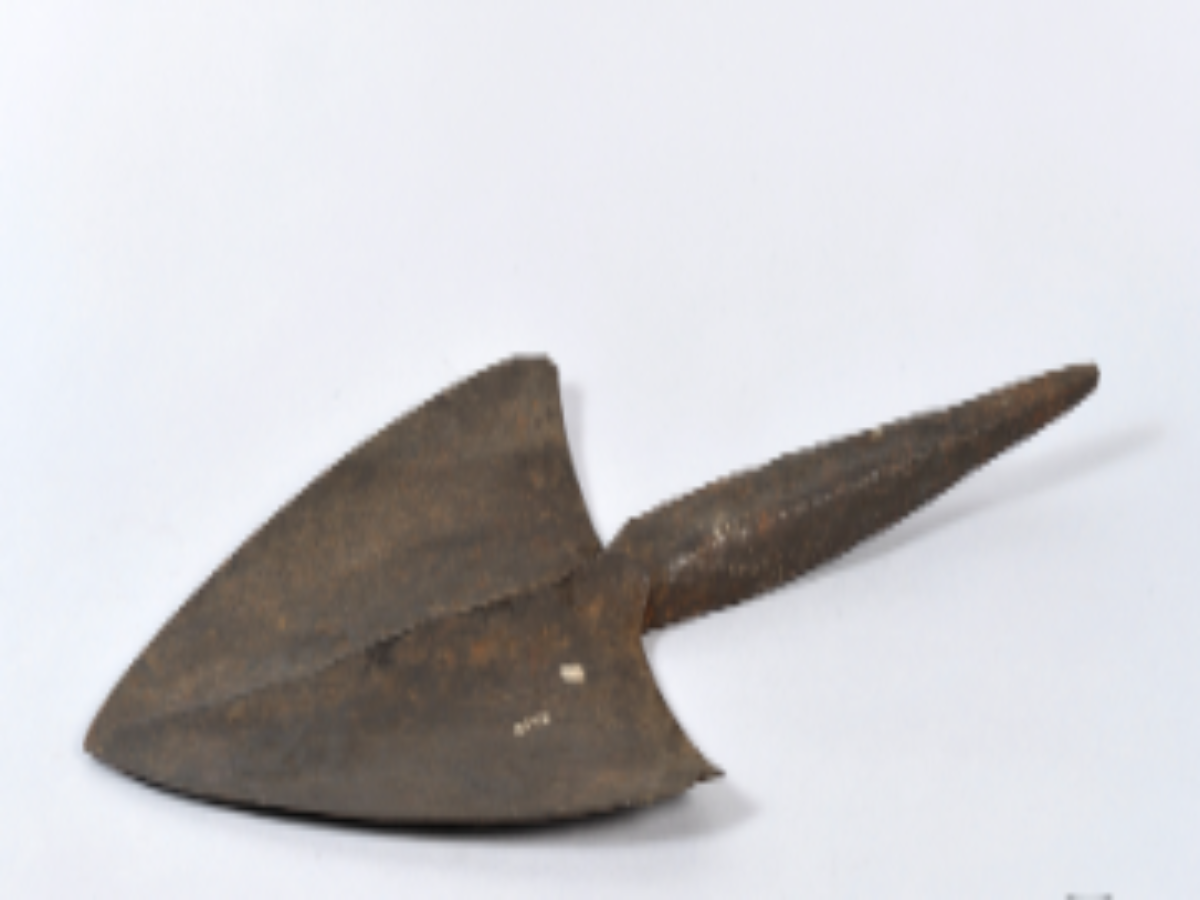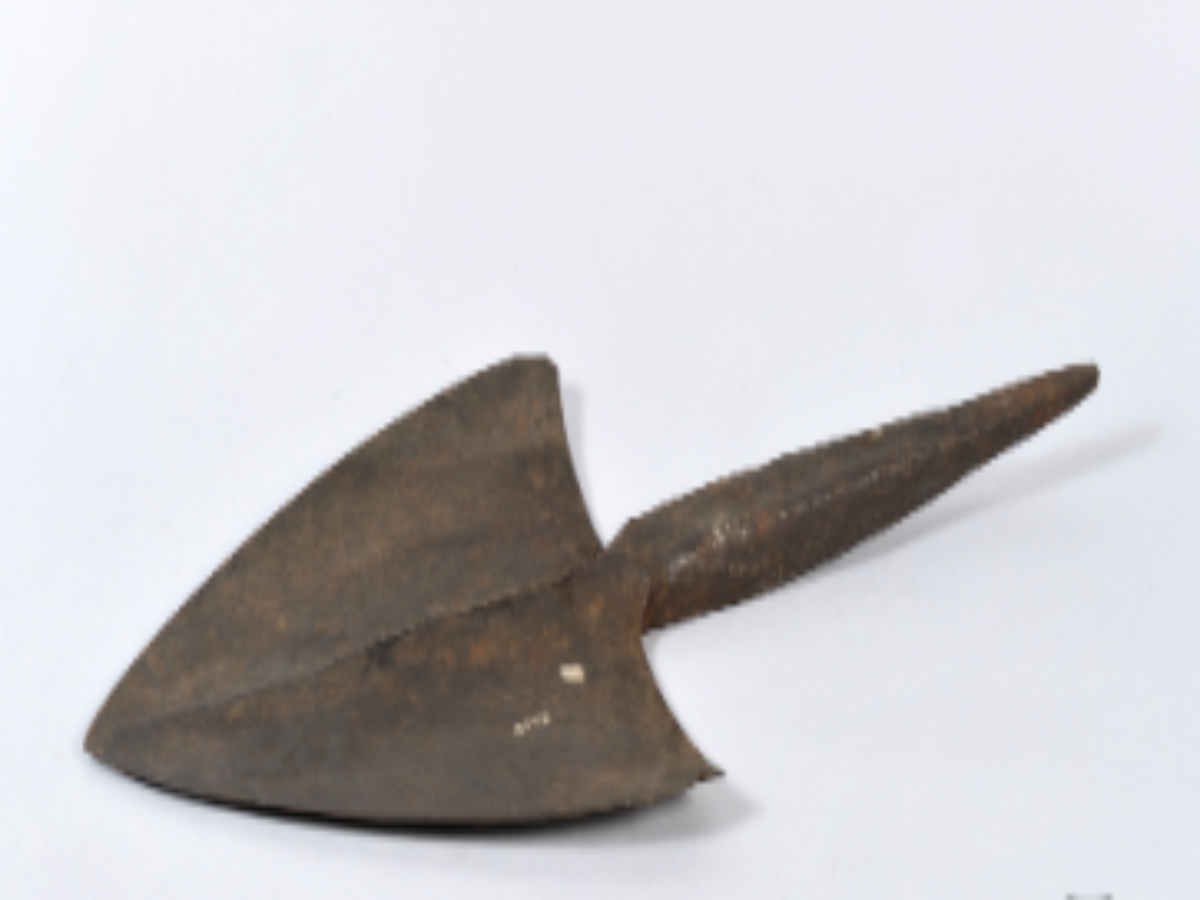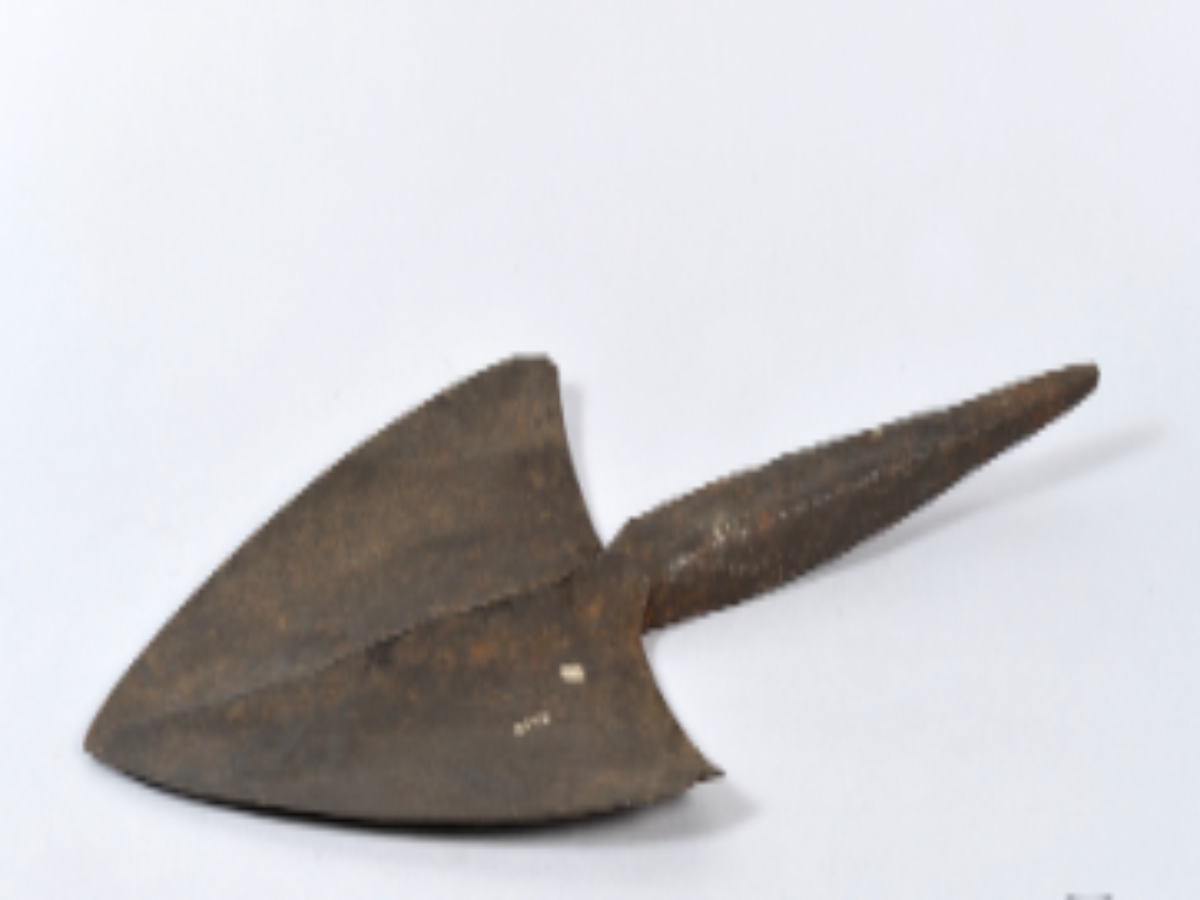State
Tribe Name
Art Type
short description
The Khasi tribe of Meghalaya has for long practiced shifting and terrace cultivation across the hills. The agricultural tools of the Khasi are functional yet reflect the total craftsmanship of the people as they have developed these for their specific use in the harsh geography and soil conditions of the region. Among these farmlands, hoe blade becomes apparent as an important implement for the preparation and husbandry of one's land.
Thumbnail

Filter Postion
Left
Filter Background
Off
Theme
Filter Header Image

content
Image

description
The Khasi tribe of Meghalaya has for long practiced shifting and terrace cultivation across the hills. The agricultural tools of the Khasi are functional yet reflect the total craftsmanship of the people as they have developed these for their specific use in the harsh geography and soil conditions of the region. Among these farmlands, hoe blade becomes apparent as an important implement for the preparation and husbandry of one's land.
This is a traditional hoe blade used by the Khasi for agriculture. It is made of Iron and has a triangle-shape cross-section. There is an impressive mid-rib running all through its length for strength and durability. The blade has two lateral sides that taper to the anterior end, forming a sharp edge or point for working. The blade has a long tang attached at the posterior end, allowing secure fastening into the wooden handle for a firm gripping and better controlling while working during farming operations.
The pointed working end of this tool is especially helpful in digging, loosening earth and uprooting weeds in the rocky and compact soil of Meghalaya. This tool would be seen using early in the process of land preparation for both jhum (shifting) cultivation and that of permanent field farming.
This hoe blade reaffirms the Malaysian heritage from local blacksmiths forging it using very traditional practices. It does, however, go on to represent the thrifty and sustainable living that characterizes the Khasi tribe at the same point. Also, one checks in embodiment their connections to the land and what comes down from generation to generation regarding the art of tool-making appropriate to their environment.
This is a traditional hoe blade used by the Khasi for agriculture. It is made of Iron and has a triangle-shape cross-section. There is an impressive mid-rib running all through its length for strength and durability. The blade has two lateral sides that taper to the anterior end, forming a sharp edge or point for working. The blade has a long tang attached at the posterior end, allowing secure fastening into the wooden handle for a firm gripping and better controlling while working during farming operations.
The pointed working end of this tool is especially helpful in digging, loosening earth and uprooting weeds in the rocky and compact soil of Meghalaya. This tool would be seen using early in the process of land preparation for both jhum (shifting) cultivation and that of permanent field farming.
This hoe blade reaffirms the Malaysian heritage from local blacksmiths forging it using very traditional practices. It does, however, go on to represent the thrifty and sustainable living that characterizes the Khasi tribe at the same point. Also, one checks in embodiment their connections to the land and what comes down from generation to generation regarding the art of tool-making appropriate to their environment.
Image Mode
landscape
promoted
On
Verified
Off
